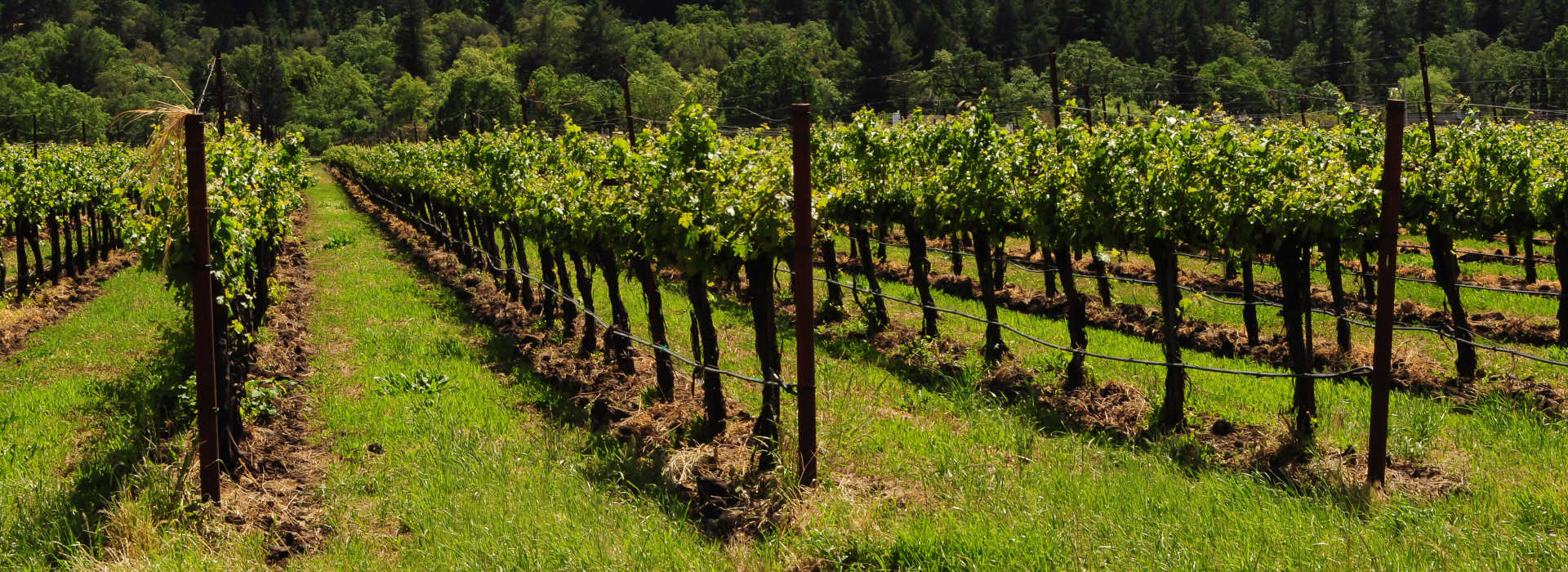Chateau Pedesclaux 2016
-
James
Suckling - Decanter
-
Jeb
Dunnuck -
Robert
Parker -
Wine
Spectator



Product Details
Your Rating
Somm Note
Winemaker Notes
Professional Ratings
-
James Suckling
So aromatic with crushed currants, raspberries and blackberries with hints of graphite and lead pencil. Full-bodied and very tight with beautiful tannins and a long, flavorful finish. The tannins really build at the end of the palate. Try from 2024.
-
Decanter
This really shows the heart of 2016 in the northern Médoc - it has the triumvirate of good acidity, good tannins and good fruit. It's a little austere and is going to take its time to truly get going. A second bottle proved much better for depth, as we queried rusticity on the nose of the first bottle. The second instead showed a hawthorn, hedgerow character and gorgeously rich black fruits, concentrated and focussed, and given complexity by tobacco and spice. It's the first time that four grape varieties have been used in the grand vin - Cabernet, Merlot, Petit Verdot, plus 3% Cabernet Franc. Eric Boissenot consults.
-
Jeb Dunnuck
An estate that’s unquestionably on the upswing, the 2016 Château Pédesclaux is made from 48% Cabernet Sauvignon, 45% Merlot, 4% Petit Verdot, and 3% Cabernet Franc that spent 18 months in 60% new oak. In the past, the wines from this estate have been slightly chunky, but that started to change around 2014, and I think this 2016 is the best yet. Beautiful blue fruits, violets, spicy oak, and a touch of minerality all emerge from this medium-bodied Pauillac, which has fine, polished tannins, a seamless texture, and a great finish. With purity and finesse as well as richness and depth, it’s already reasonably approachable today, but it’s going to evolve for three decades or more.
-
Robert Parker's Wine Advocate
The 2016 Pedesclaux is composed of 48% Cabernet Sauvignon, 45% Merlot, 4% Petit Verdot and 3% Cabernet Franc. It aged for 18 months in 60% new and 40% one-year-old French oak. It has a deep garnet-purple color and nose of crushed red and black currants and blackberries with cigar box, new leather, pencil lead and crushed rocks. The palate is medium-bodied, elegant, fresh and lively with loads of mineral nuances and a lovely earthy finish. Around 15,000 cases produced.
-
Wine Spectator
An extroverted style, with bold plum and blackberry compote aromas and flavors, infused with anise accents and backed by an alluring finish of toasted vanilla, violet and mocha. On the showy side, but has enough latent drive to keep it honest. Drink now through 2030.
Other Vintages
2022-
James
Suckling - Decanter
-
Jeb
Dunnuck
-
James
Suckling - Decanter
-
Jeb
Dunnuck -
Robert
Parker
-
James
Suckling -
Jeb
Dunnuck -
Robert
Parker - Decanter
-
Robert
Parker -
Jeb
Dunnuck -
James
Suckling
-
Jeb
Dunnuck -
James
Suckling -
Robert
Parker - Decanter
-
Wine
Spectator
-
Wine
Enthusiast -
James
Suckling -
Wine
Spectator - Decanter
-
Jeb
Dunnuck -
Robert
Parker
-
Wine
Enthusiast -
James
Suckling -
Robert
Parker -
Wine
Spectator - Decanter
-
James
Suckling -
Jeb
Dunnuck -
Wine
Enthusiast -
Robert
Parker -
Wine
Spectator
-
James
Suckling -
Jeb
Dunnuck -
Wine
Spectator
-
Wine
Spectator -
James
Suckling
-
James
Suckling -
Wine
Spectator -
Wine &
Spirits
-
James
Suckling -
Wine
Enthusiast -
Wine
Spectator




The Chateau Pedesclaux was created in the beginning of the 19 century, in 1810, by Mr Pierre Urbain Pedesclaux, a well-known wine broker of Bordeaux. In 1855, the Chateau Pedesclaux was classified 5° great growth.
In 1891, the Count of Gastebois bought the property. It was the subject of a full reconstruction, which helped to improve the quality of the wines. After the death of Mr. de Gastebois in 1904, the administration of the estate is entrusted to his son-in-law, Count Bernard de Vesins. He bequeathed the property in 1919 to his grandchildren, the Count of Xavier Erceville and Count Michel du Lac. In 1928, the first crusher-de-stalker Médocain COQ brand is used at the Chateau Pedesclaux.

One of the world’s most classic and popular styles of red wine, Bordeaux-inspired blends have spread from their homeland in France to nearly every corner of the New World. Typically based on either Cabernet Sauvignon or Merlot and supported by Cabernet Franc, Malbec and Petit Verdot, the best of these are densely hued, fragrant, full of fruit and boast a structure that begs for cellar time. Somm Secret—Blends from Bordeaux are generally earthier compared to those from the New World, which tend to be fruit-dominant.

The leader on the Left Bank in number of first growth classified producers within its boundaries, Pauillac has more than any of the other appellations, at three of the five. Chateau Lafite Rothschild and Mouton Rothschild border St. Estephe on its northern end and Chateau Latour is at Pauillac’s southern end, bordering St. Julien.
While the first growths are certainly some of the better producers of the Left Bank, today they often compete with some of the “lower ranked” producers (second, third, fourth, fifth growth) in quality and value. The Left Bank of Bordeaux subscribes to an arguably outdated method of classification that goes back to 1855. The finest chateaux in that year were judged on the basis of reputation and trading price; changes in rank since then have been miniscule at best. Today producers such as Chateau Pontet-Canet, Chateau Grand Puy-Lacoste, Chateau Lynch-Bages, among others (all fifth growth) offer some of the most outstanding wines in all of Bordeaux.
Defining characteristics of fine wines from Pauillac (i.e. Cabernet-based Bordeaux Blends) include inky and juicy blackcurrant, cedar or cigar box and plush or chalky tannins.
Layers of gravel in the Pauillac region are key to its wines’ character and quality. The layers offer excellent drainage in the relatively flat topography of the region allowing water to run off into “jalles” or streams, which subsequently flow off into the Gironde.
